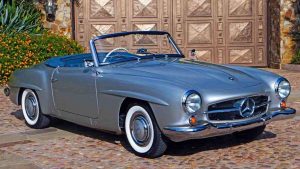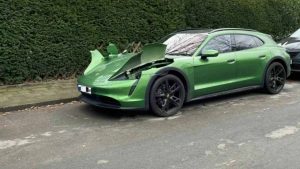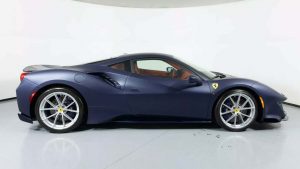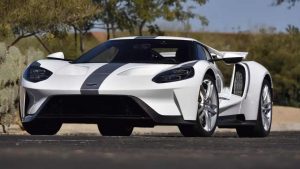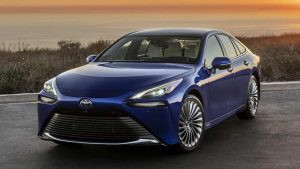Ranking BMW’s 5 Series Generations: From E12 to G60
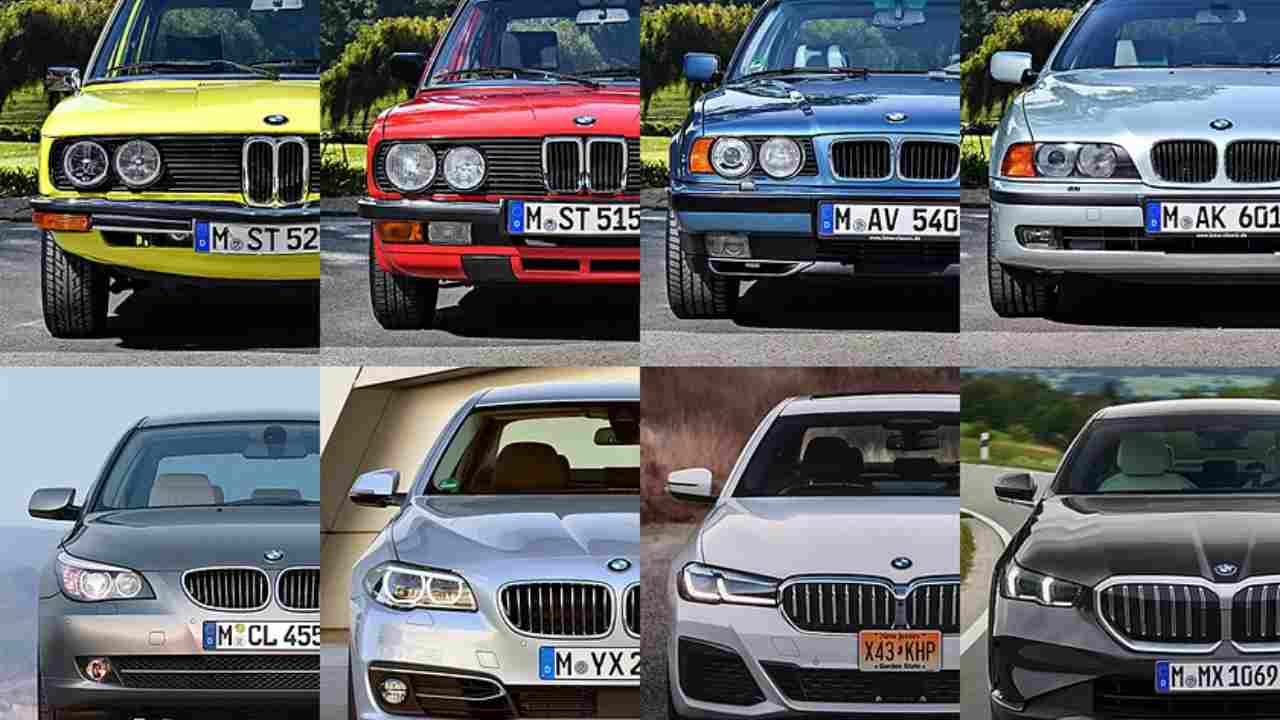
Analyzing the Evolution of BMW’s Iconic Midsize Sedan Through the Years
BMW’s 5 Series, a stalwart in the automotive world, has evolved through multiple generations over nearly 50 years. The midsize luxury sedan has been a benchmark for blending sportiness and comfort. Here’s a comprehensive ranking of the 5 Series generations, excluding the high-performance M5 models:
1. E39 (Fourth Generation)
The E39, produced from 1995 to the early 2000s, stands out as the pinnacle of the 5 Series. Praised for its perfect balance of old-school feel and modern comforts, the E39 offered a harmonious blend of driving pleasure, comfort, and refinement. It set new standards in its era and is often considered one of the best cars globally.
2. E34 (Third Generation)
Produced during a golden era for BMW, the E34 (1987-1996) introduced several firsts to the 5 Series, including all-wheel drive, a V8 engine, a six-speed manual gearbox, stability and traction control, and the Touring wagon body style. It maintained timeless design, sensible ergonomics, and powerful naturally aspirated engines.
3. G30 (Seventh Generation)
The outgoing seventh-generation 5 Series, produced from late 2016, corrected some of the shortcomings of its predecessor (F10). With a focus on weight reduction and improved powertrains, the G30 offered a more refined and enjoyable driving experience. The elegant design and well-finished interior contributed to its completeness as a luxury sedan.
4. E28 (Second Generation)
The E28, introduced in 1981, marked a significant improvement over its predecessor. With a more driver-oriented dashboard and powerful six-cylinder models, the E28 contributed to BMW’s reputation for building lively sport sedans. It showcased efficiency with the debut of BMW’s first diesel engine and played a role in the brand’s popularity in the 1980s.
5. G60 (Eighth Generation)
The G60, the latest generation as of the ranking, brings a fully restyled body, new exterior design, and advanced technology. While its design is polarizing, the G60 offers a range of powertrains, including fully electric options. The driving experience is comfortable, and the car introduces features like the Interaction Bar and Curved Display from the 7 Series.
6. F10 (Sixth Generation)
Following the controversial E60, the F10 (2010-2016) aimed for a more palatable design. It prioritized comfort and refinement, feeling more like a smaller 7 Series. While it lacked the excitement of earlier generations, the F10 addressed some criticisms of the E60, with refined transmissions and improved reliability.
7. E60 (Fifth Generation)
The E60, produced from 2003 to 2010, remains one of the most contentious 5 Series models. With Chris Bangle’s dramatic design, including “flame surfacing,” the E60 departed from the classic styling of its predecessor (E39). While it aged well and featured advanced technologies, issues like run-flat tires and active steering impacted the driving experience.
8. E12 (First Generation)
The E12, the first-generation 5 Series introduced in the early 1970s, had an unquestionable impact and relevance. As the initial model manufactured at Plant Dingolfing, it set the stage for future generations. However, it exhibited a dainty feel by modern standards, with characteristics like a massive steering wheel, body roll, and low-powered base engines. The M535i was a highlight, foreshadowing the M5.
Each generation of the BMW 5 Series contributed to the model’s legacy, with varying degrees of innovation and driving characteristics. The evolution reflects BMW’s efforts to balance performance and luxury in its midsize sedan offering.

